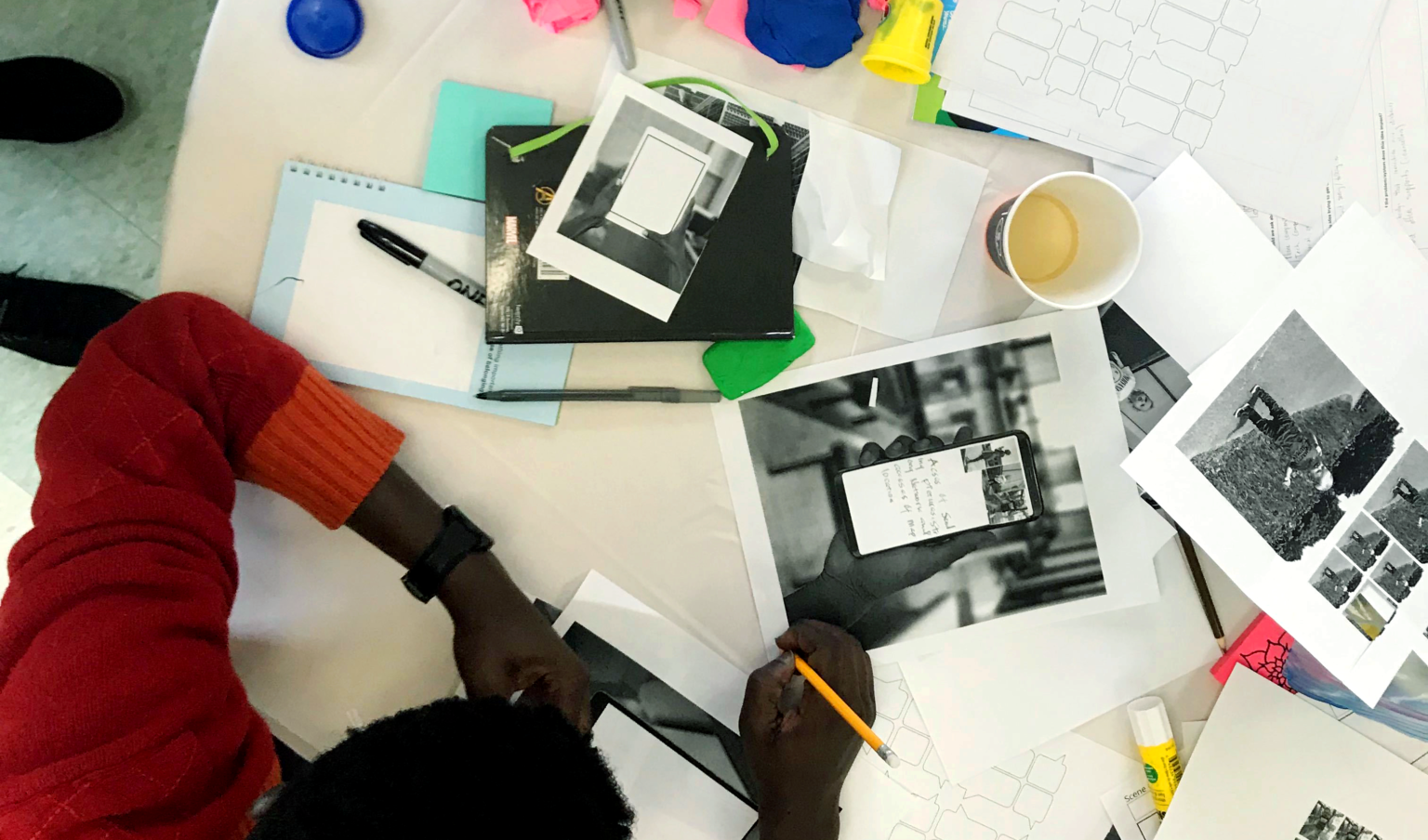Wondering about Co-Design in Healthcare? Here's Your Primer.
Patient-centred care, patient engagement and co-design … these are all popular words in the healthcare vocabulary today. With the demand for better care at a lower cost, and the system struggling to serve those with the greatest need, healthcare organizations are searching for new approaches. Co-design is one of these methods. The idea is that by co-designing health services with patients, we can achieve improved patient experience and better health outcomes.
But what does co-design actually mean? And what does effective co-design look like?
Defining Co-Design
Co-design is the act of intentionally creating a solution with the people who will experience it. In healthcare, this might include people accessing care, families and caregivers, employees, and leadership. The solution could be a product, service, system or process—anything that meets a need or addresses a problem.
It’s important to note that co-design includes not just the “user” of a product or service, but stakeholders more broadly. For example, a hospital’s cleaning staff and patients’ families are likely to have valuable insight into the design of a hospital cafeteria space—perhaps more so than patients and direct service providers.
In exploring what co-design means, it can help to situate it amongst the other ways that we work with stakeholders to develop solutions. Co-design is more than hosting a set of focus groups or conducting a stakeholder survey. It means bringing stakeholders into the full design process to generate ideas, understand and develop design constraints, and participate in decision-making.
What does co-design look like when done well?
Effective co-design is:
Collaborative—the people involved are working together to understand the problem and generate solutions
Inclusive—people with a diverse set of experiences and perspectives are contributing to the solution, with emphasis on seeking perspectives of those who have been excluded in the past
Emergent—the process starts with a problem, and no one person is responsible for coming up with the solution (you aren’t truly co-designing if you already have a solution in mind)
Empowering—each person’s expertise and experience is valuable and everyone has the power to affect the outcome
Why is co-design so important in health care?
Health care is complex, co-design helps us tackle complexity.
Co-Design is one method within the broader discipline of human-centred design (HCD). HCD uses a design cycle—defining the problem, conducting research, generating ideas, prototyping solutions and testing prototypes—to arrive at a solution. HCD de-risks the problem-solving process by testing inexpensive, low-effort prototypes early and making small steps towards the solution. It saves time by investing in problem definition and research at the outset of a project—ensuring efforts and funds are aimed at the right problem. This approach to problem-solving is ideal for handling complex challenges where the solution is not clear cut or a new solution needs to be created. It’s also well-equipped to handle the inherent unpredictability that occurs whenever humans are part of the solution being designed.
The healthcare system serves everyone. Co-design (done well) helps increase the inclusivity of a system or service.
Health is a fundamental human right, and health care should be available and accessible to everyone. Yet it can be challenging to create solutions that will work for such a diverse group of people using traditional service planning methods. There are so many factors that affect the experience of a person accessing health care. Rather than relying on an individual or small team with similar backgrounds to consider all of these factors, co-design invites people with a diverse set of experiences accessing, delivering, and supporting care to tackle an issue together. To achieve this benefit of co-design, it’s important to consider who is involved in the process—the solution will only be as inclusive as the process that created it. This means finding ways to involve not just the most vocal advocates for the patient experience, but also people often left out or unable to participate in traditional meeting formats.
Health care is steeped in expertise. Co-design values lived experience and shifts the power dynamic.
Over the past century or so, the dominant attitude in medicine was that the doctor knows what’s best for the patient—often to the exclusion of people’s knowledge about their own bodies and their experiences. In this model, the power dynamic was tilted towards physicians and a narrowly defined idea of expertise.
Now, this paradigm is shifting. Health care is moving to more broadly recognize the value of lived experience, which is driving the adoption of co-design. A co-design approach values the experience of people accessing care, including populations that have traditionally been marginalized (people of colour, women, people with mental health and addictions issues, people with disabilities, and people who identify as LGBTQ2S+, for example). If designers and facilitators are mindful of the historical power dynamic and take steps to equalize it, co-design can create more balanced and inclusive health care solutions.

